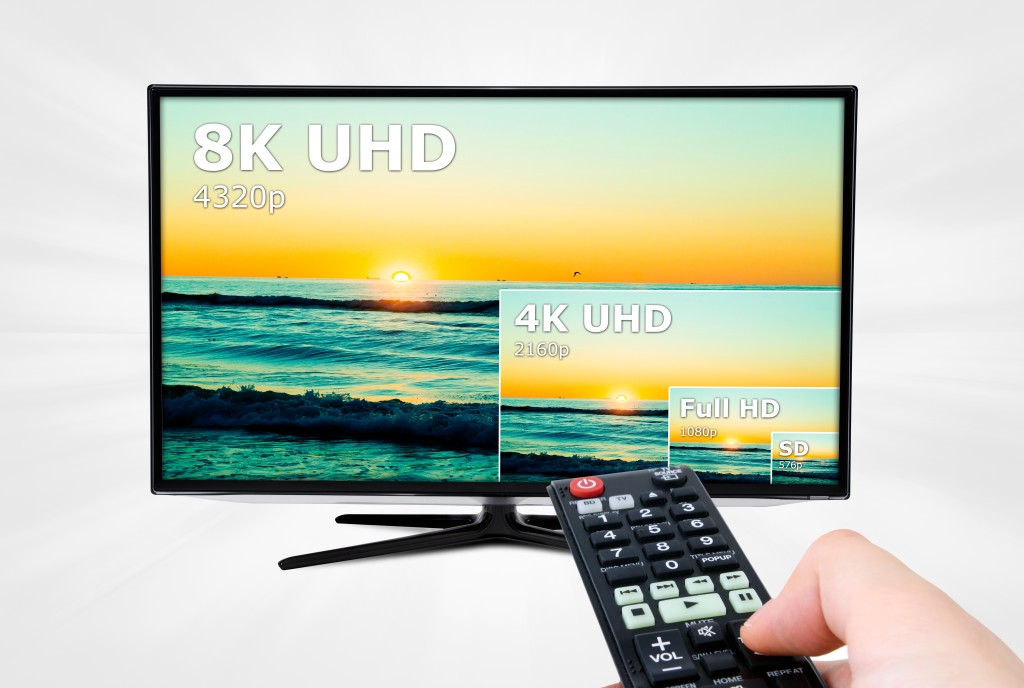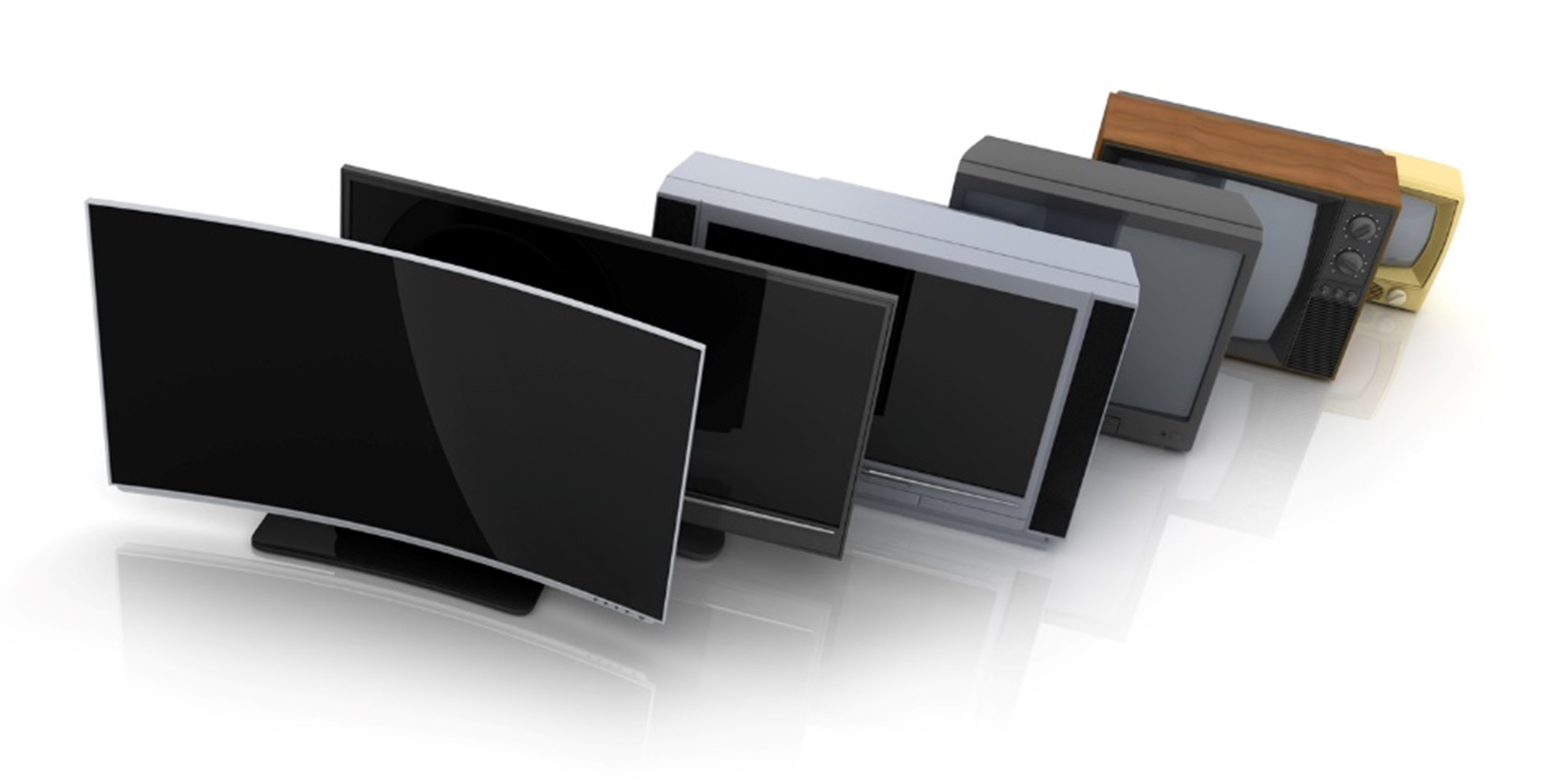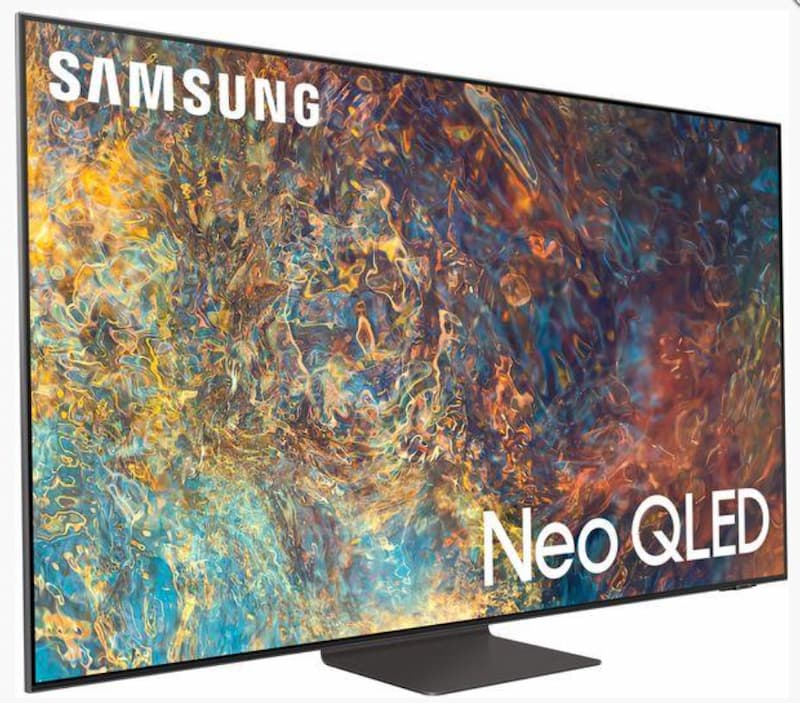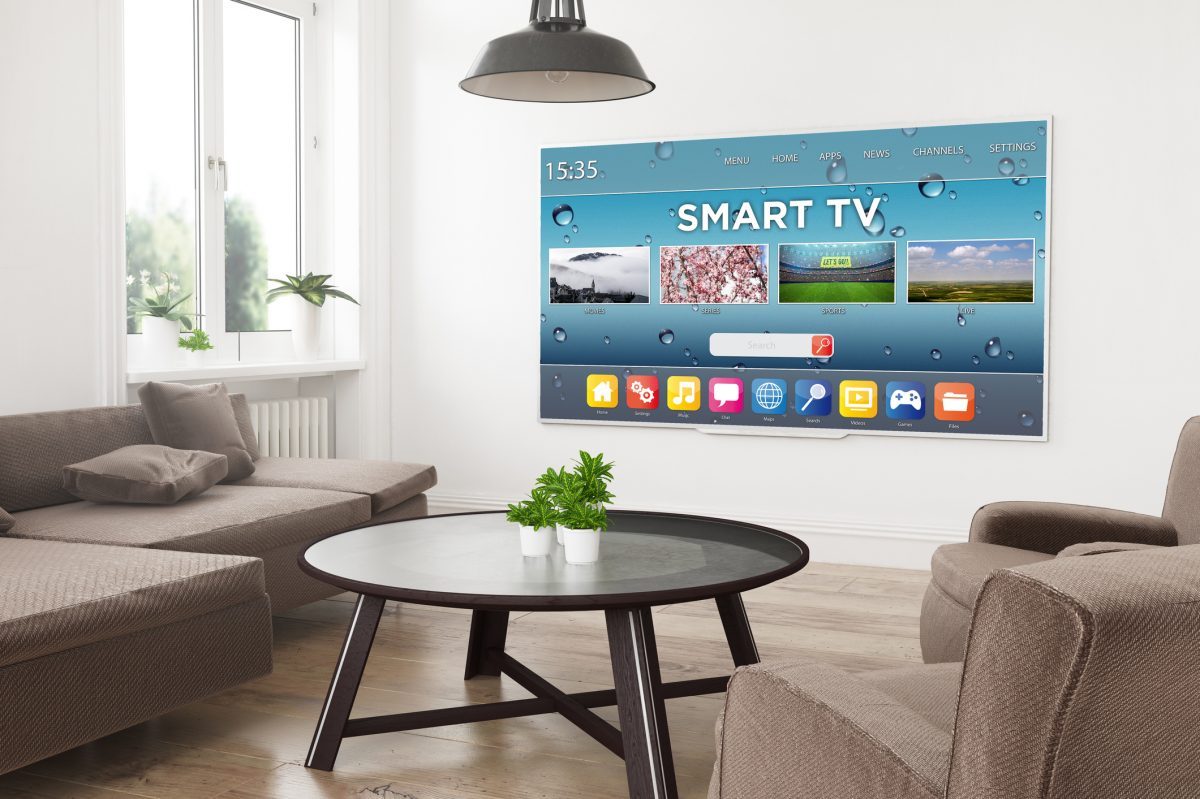With television technology constantly evolving, it’s natural to wonder what the next big thing will be. Image quality, however, seems to be improving at a fast pace, and the previous excitement for 4K television has been replaced with 8K television.

4K television was a big thing due to having 3,840 pixels x 2,160 pixels. 8K television brings double of that resolution with astounding 7,680 pixels x 4,320 pixels. That’s 33,177,600 pixels in total! This years’ CES, or Consumer Electronics Show, has showcased a variety of 8K televisions from the world’s top brands and they are expected to go on sale during CES 2018.
All of these extra pixels provide a sharper and clearer image than we’ve ever seen. Considering that modern cinemas have a resolution of 2K or 4K, 8K televisions with widescreens can very much change the way we watch television.
Japanese broadcaster NHK is even planning on sending live 8K images through airwaves during the Tokyo 2020 Olympics.
HDR Technology
High Dynamic Range, or HDR, is an innovative technology that provides better colours, contrast, and brightness. It’s capable of turning TV shows and films very realistic, allowing your eyes to better perceive lighter whites and darker blacks.
Ultra HD televisions are the more compatible televisions for this technology and 8K, in particular, is expected to make the most of it. They will provide both peak brightness and better black levels, having a higher number of ‘nits’.

In response to the increasingly higher definition in televisions, HDMI 2.1 is a new video connector technology to provide high frame rates and higher resolution. It will allow for 4K resolution at a speed of 120Hz and 8K resolution at a speed of 60Hz.
Regarding High Dynamic Range technology, HDMI 2.1 will allow for colour optimisation and better frame rate, which will provide a better gaming experience. With Game Mode VVR support, lag, visual artefacts, and screen tearing will improve due to variable refresh rates.
Variable refresh rates mean that the monitor refreshes as many times as it wants the images on the screen. Your graphics processor’s speed to create images varies, but variable refresh rates are the answer to this issue.
Image tearing occurs when the processor needs to slow down in order to render everything on the screen, but the processor and the monitor get out of sync. HDMI 2.1 and its Game Mode VVR will already have variable frame syncing in its specification, removing some of the lag during gaming.
Our TVs are the latest in technology – and at affordable prices, too! – and you can have a look throughout our television models and choose the one that suits you best.







